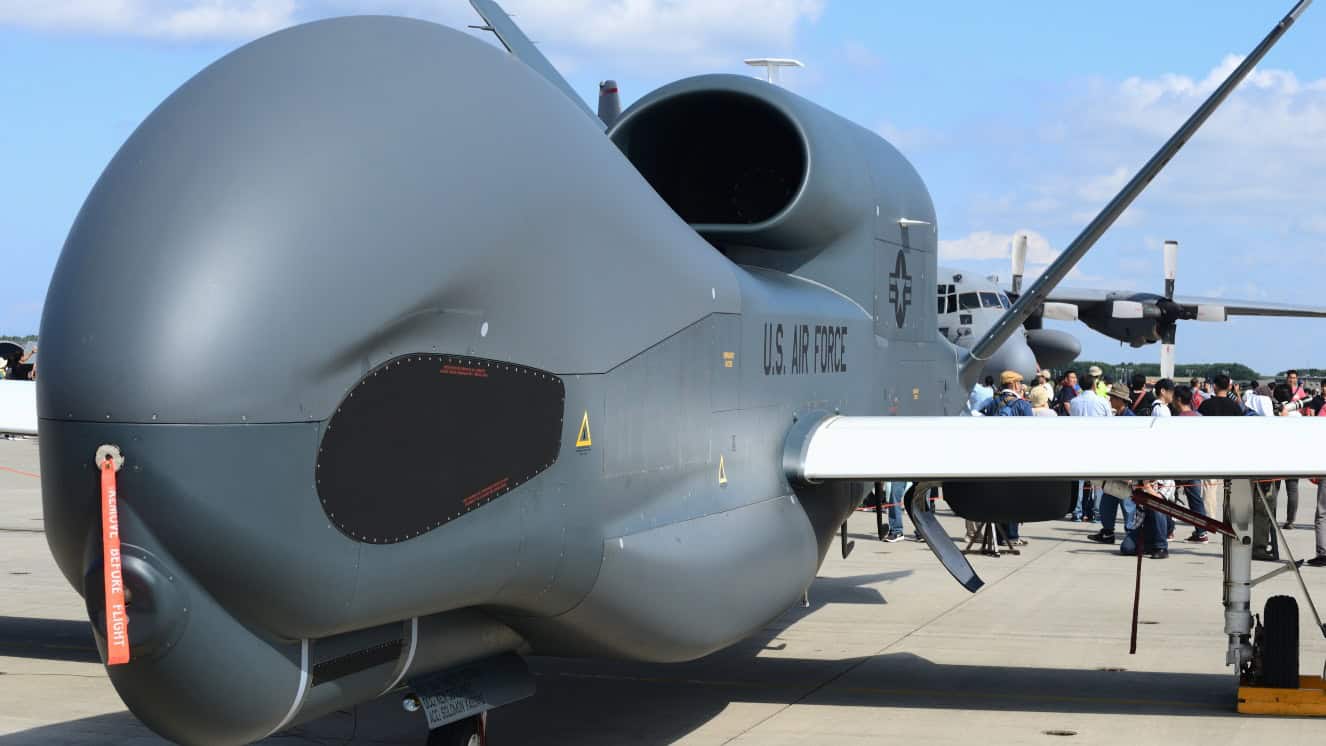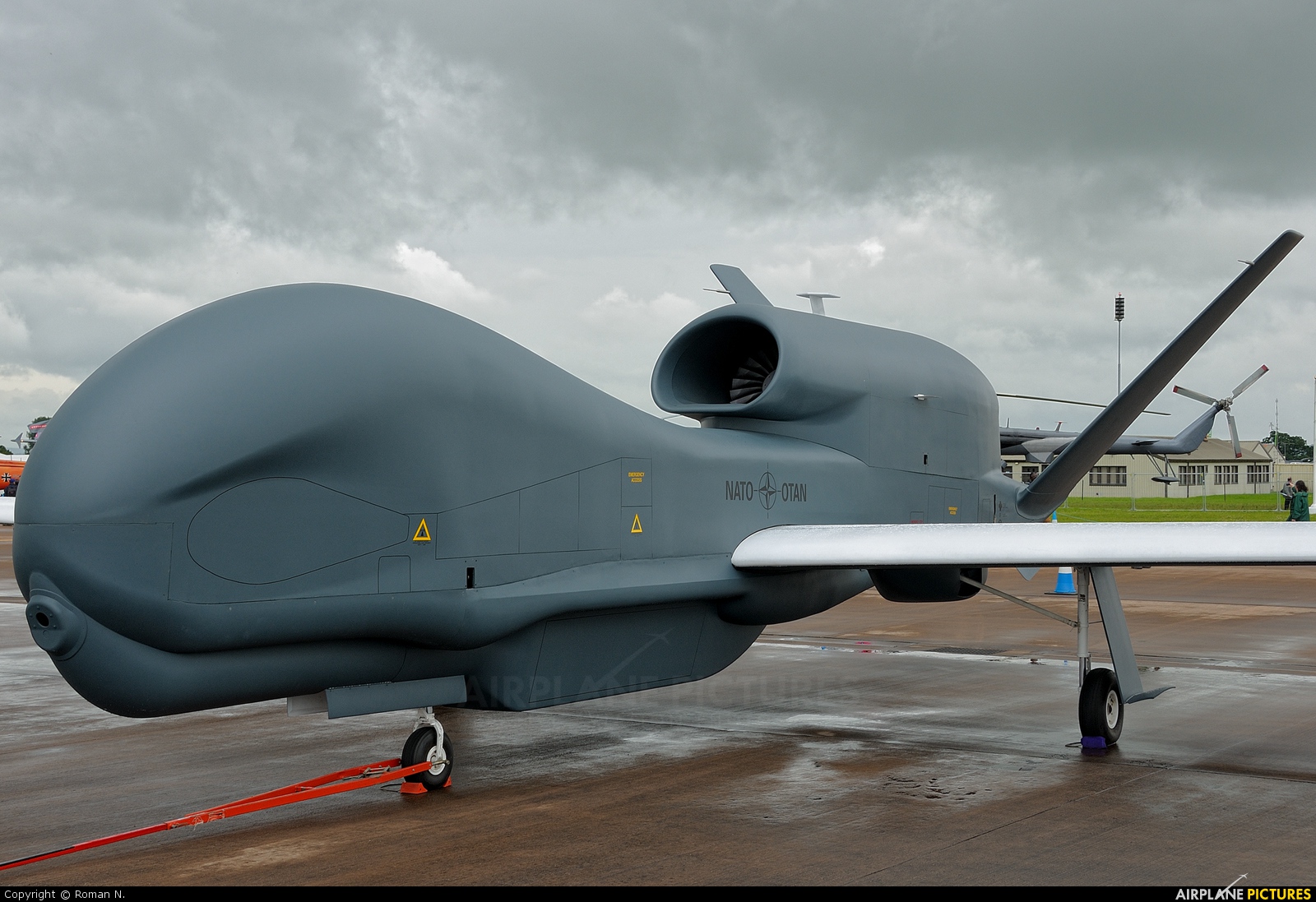Unmanned aerial vehicles (UAVs) have revolutionized modern warfare and intelligence gathering, and among them, the RQ-4 Global Hawk stands out as a remarkable achievement. Developed by Northrop Grumman, this UAV is renowned for its exceptional high-altitude, long-endurance capabilities and its integrated sensor suite, which enables global, all-weather, day or night intelligence, surveillance, and reconnaissance (ISR) operations.
The RQ-4 Global Hawk has earned its reputation as one of the world’s premier surveillance and reconnaissance unmanned aircraft systems, often serving as the “eye in the sky” for the United States Air Force.
Let’s delve into the details of what makes the RQ-4 Global Hawk such a game-changer in the world of aviation and intelligence gathering.
1. The RQ-4 Global Hawk: A Brief Overview
The designation “RQ” in the RQ-4 name signifies its role as a reconnaissance platform, while the “Q” indicates that it is an unmanned aircraft system. The number “4” represents the specific series of purpose-built remotely piloted aircraft systems. These designations reflect its primary mission: conducting reconnaissance and surveillance missions without the need for a human pilot onboard.
2. Key Features and Capabilities
The RQ-4 Global Hawk’s standout feature is its ability to operate at extremely high altitudes for extended periods. This endurance, combined with a state-of-the-art sensor suite, allows it to provide continuous and detailed intelligence in a variety of conditions, including adverse weather and low-light situations. Its global reach makes it a valuable asset for collecting information over vast areas.
3. The Global Hawk in Action
The United States Air Force has embraced the RQ-4 Global Hawk as an indispensable tool in its arsenal. This UAV plays a vital role in intelligence gathering, surveillance, and reconnaissance operations, providing valuable data for both military and civilian purposes. It can monitor vast regions, gather data on potential threats, and support disaster response efforts.
4. Command and Control
To effectively operate the RQ-4 Global Hawk, a robust ground-based command and control system is essential. The UAV’s operators rely on advanced technology and communications to guide and control the aircraft during its missions, ensuring it collects critical data accurately.
5. Global Hawk’s Retirement
As with any military technology, the RQ-4 Global Hawk has a finite service life. Inevitably, the day will come when these marvels of aviation technology are retired from active duty. However, their legacy in the field of unmanned aerial surveillance is sure to endure, leaving a lasting mark on the way intelligence is gathered and analyzed.
In conclusion, the RQ-4 Global Hawk is a testament to human ingenuity and innovation in the field of unmanned aerial systems. Its high-altitude, long-endurance capabilities, coupled with its advanced sensor suite, make it an invaluable asset for intelligence, surveillance, and reconnaissance operations. As technology continues to evolve, it is likely that we will see even more advanced and capable UAVs in the future, but the RQ-4 Global Hawk will always be remembered as a pioneer in this field.








